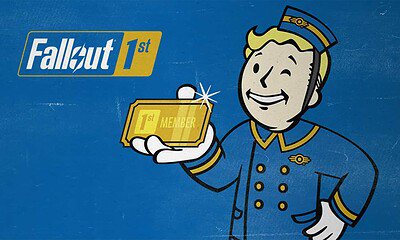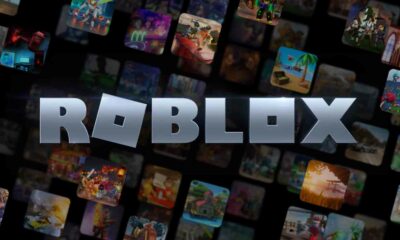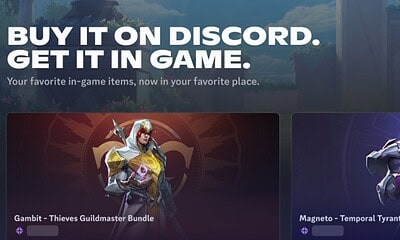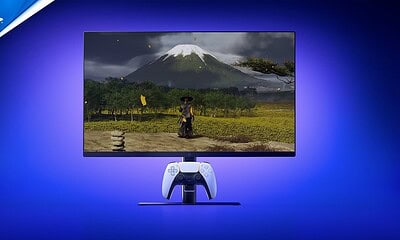Gaming
Pokémon Sword & Shield: Competitive Guide Vol.1 – Introduction
It’s time to be the very best.
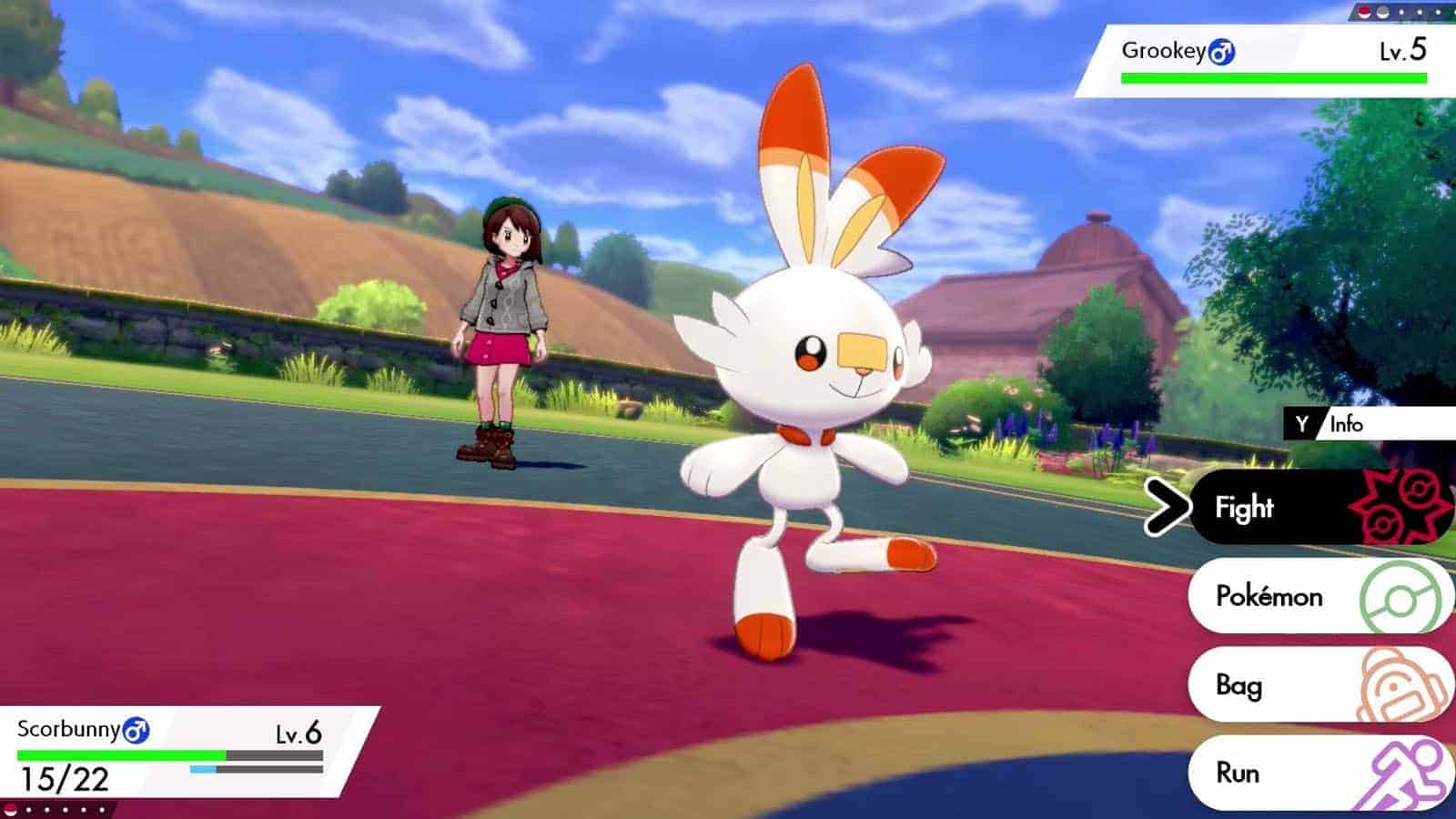
Just a heads up, if you buy something through our links, we may get a small share of the sale. It’s one of the ways we keep the lights on here. Click here for more.
This is part one in a multiple-volume guide on competitive Pokémon Sword & Shield. Part two covers effort values and EXP while part three covers breeding.
Pokémon Sword & Shield dropped just a few weeks ago and players have been absolutely eating them up – and rightfully so.
With so many new players in the series and so many quality of life changes, I want to dig in on the nuts and bolts of how to make your team The Very Best™. In these guides, you’ll learn everything you need to know.
Let’s get started.
Terminology – EVs, IVs, natures, and more
First things first: In order to understand how to make the most out of your team, you have to first understand the nuts and bolts of what the different words mean. There are five terms you want to be aware of.
- Effort Values (EVs): I’m starting with the hardest one, because this is where most people get tripped up. Effort Values, or EVs, are like experience points for specific stats. For instance, every time you beat a Rookidee in battle you get 1 EV for Speed (and because of auto Experience Share in Sword & Shield, all Pokémon in your party get 1). For every 4 EVs in a stat, that stat is increased by 1 at level 100. Any given stat can only get 252 EVs (so +51 in that stat) and a Pokémon can only earn 510 EVs total. We’ll dig into more detail on this in the next section.
- Individual Values (IVs): Where Effort Values are earned like experience points, Individual Values (or IVs) are genetic and cannot be changed. Every stat on every Pokémon has an IV between 0 and 31, which is the number of points by which it increases that stat at level 100.
- Nature: Every Pokémon has a nature, displayed on their information screen as one stat highlighted in red and one stat highlighted in blue. The red stat is 10% higher than normal and the blue stat is 10% lower. If there are no red and blue stats, congratulations your Pokémon has a neutral nature (which is largely useless competitively). Natures CAN be changed in Sword & Shield, which is new and amazing, but only through extremely specific means. (Note: No nature increases or reduces HP.)
- Ability: Every Pokémon has an ability (e.g. Gyarados can have Intimidate), which is a passive effect it gets. Most Pokémon have 2 abilities they can potentially have, which can be changed through specific means. Some Pokémon can have a third, hidden ability, but in Sword & Shield, the hidden ability can only be found by catching that Pokémon in a raid (after which, it can be bred onto offspring some of the time).

You can see that this Lucario has a nature that boosts speed and reduces attack and that its ability is Inner Focus. (Image: Jake Vander Ende / KnowTechie)
- Moves: Every Pokémon has moves, which are the things you choose from on your turn in battle. “Duh,” you might think, but there’s more than meets the eye here! Pokémon have moves they learn by leveling up, moves from evolving, moves that can only be learned at the move rememberer in Pokémon centers, moves that can be learned by TM/TR, and moves that are “egg moves” that can only be learned by breeding them in certain ways. The most complicated of these are egg moves, for which we’ll need external resources that I’ll explain momentarily.
- Items: Every Pokémon can hold an item and these are HUGELY important. For instance, a Choice Band prevents a Pokémon from using anything but the first move it selects when coming out, but it boosts physical damage by a whopping 50%. Get familiar with your inventory of held items, because you will need them.
Resources – Serebii, Bulbapedia, and Smogon

The darker part of this is Serebii, while the light part on the right is Bulbapedia. On Serebii, note that you should make sure to have Gen VIII Dex selected to see accurate Sword & Shield information. (Image: Jake Vander Ende / KnowTechie)
While Pokémon Sword & Shield make information more transparent than ever, there’s still plenty where you’ll need to reference external resources.
Here are the best of the best, including links and what they’re good for:
- Serebii: Serebii is the end-all, be-all giant database of everything to do with the Pokémon games, but it’s enormous and takes a little bit of know-how to navigate. For instance, let’s say I’m trying to learn what moves Lucario can learn. I would type “Lucario” into the search bar, but there are a number of different results. Each result is a different Pokédex for games where Lucario appears. I can click on one, but I’d then have to click dex numbers near the top until I have clicked on “Gen VIII Dex” (Sword & Shield represent Generation 8 of Pokémon games), otherwise, the information will be inaccurate.
- Bulbapedia: Besides having the cutest name, I like Bulbapedia because it’s a little more user-friendly and sometimes significantly easier to read. For instance, where I’ll use Serebii to look up move pools, I’ll use Bulbapedia to look up breeding groups.
- Smogon: Smogon is a contentious choice because some people love it and some people hate it, but personally I think it’s a great source of inspiration and ideas. It’s a competitive site that discusses high-level play in excruciating detail, including hyper-specific builds and team compositions right down to EV optimization, move sets, and items. I wouldn’t ever let Smogon tell you exactly what to run and how to run it, but if you’re interested in what other people have thought of I definitely think it’s worth a look.
Your homework for this lesson is this:
Pick ONE Pokémon (No legendaries and no Ditto) in Sword & Shield that you like and learn everything about it. What are its base stats? What abilities can it have (and what do they do)? What moves does it learn naturally? What can it learn by leveling up compared to what it can learn by TM/TR, move tutor, or breeding? What can it breed with, if anything? How does it evolve? What do you think its most powerful moves are? What natures would increase its highest stat
The only goal here is to get used to looking things up. Get familiar with how to navigate the above resources, knowing what all of the terminologies mean.
When you’re done learning everything about your favorite Pokémon, come back for the next article on starting training and getting set up for your first competitive team member!
What do you think? Surprised that competitive Pokémon training is so in-depth? Let us know down below in the comments or carry the discussion over to our Twitter or Facebook.
Editors’ Recommendations:
- Pokémon Sleep in the sheets, psychological manipulation in the streets
- Nintendo Switch Online is getting Super Punch-Out!!, Breath of Fire 2, and more
- So, apparently, the next-gen Xbox Series X will just be called “Xbox”
- KnowTechie Roundtable: What are some tech gifts you’d feel sorry to give and/or receive?
Just a heads up, if you buy something through our links, we may get a small share of the sale. Click here for more.


















